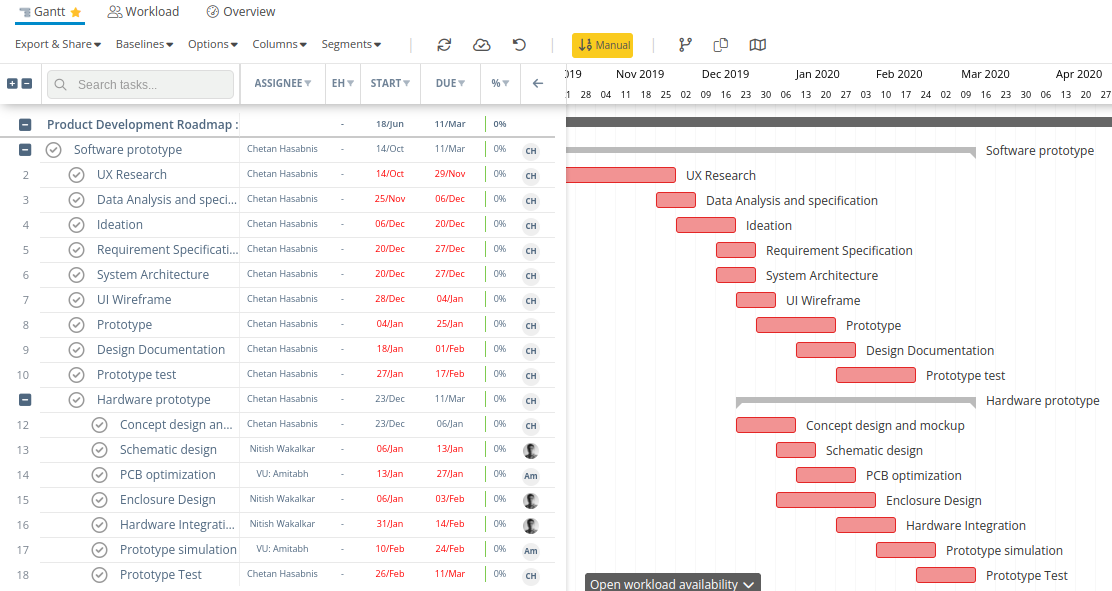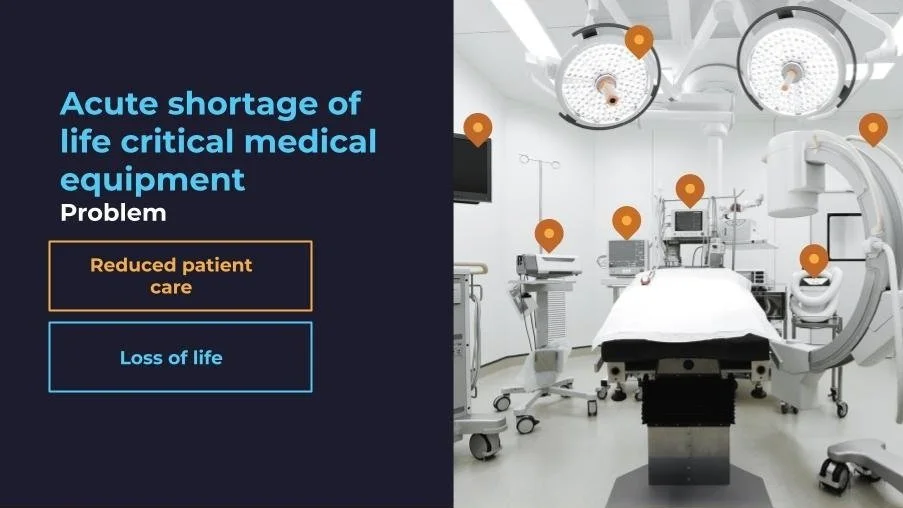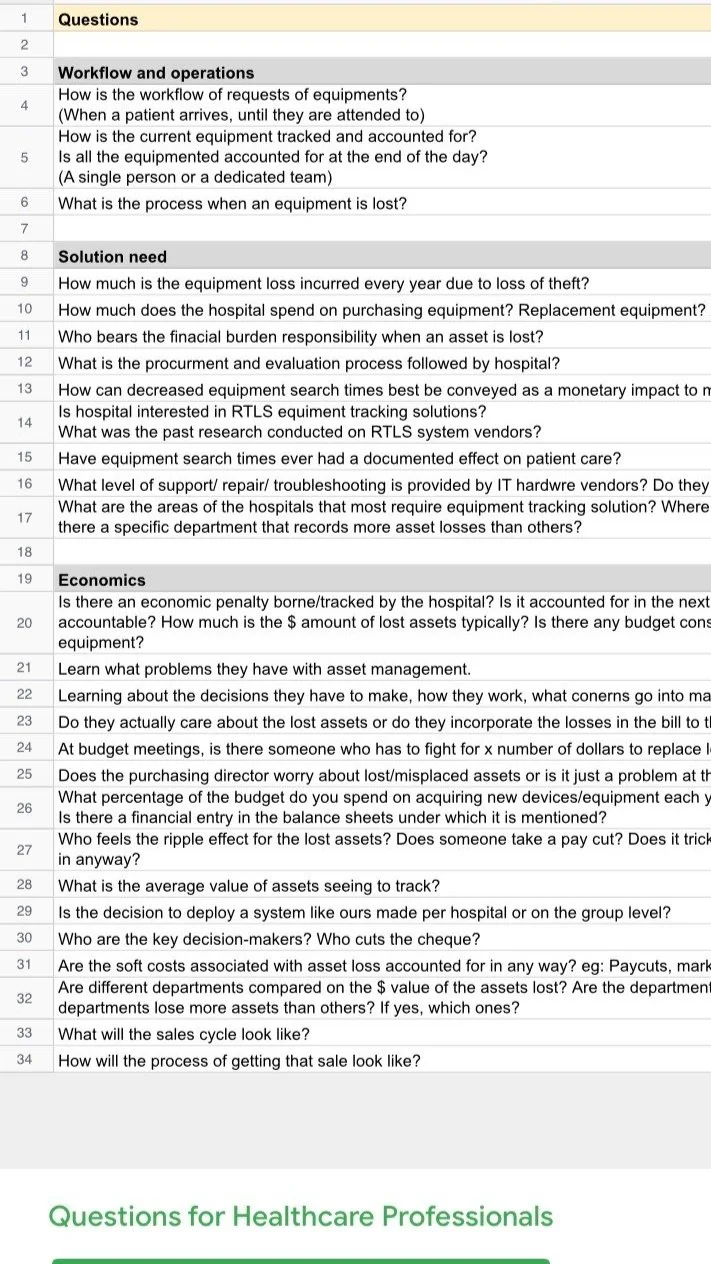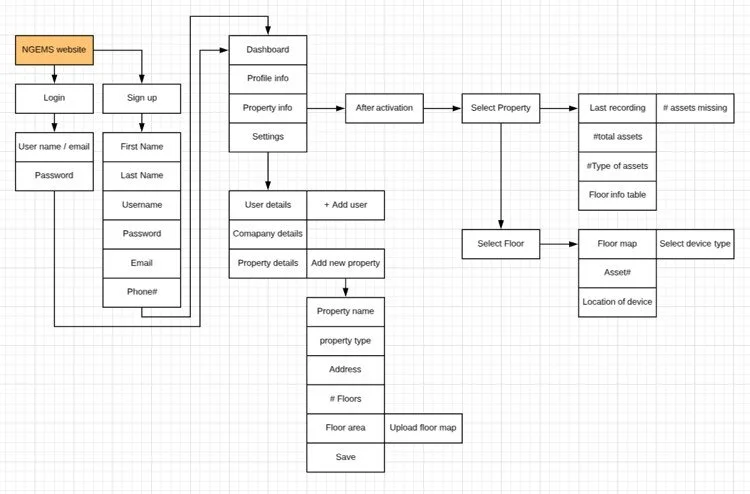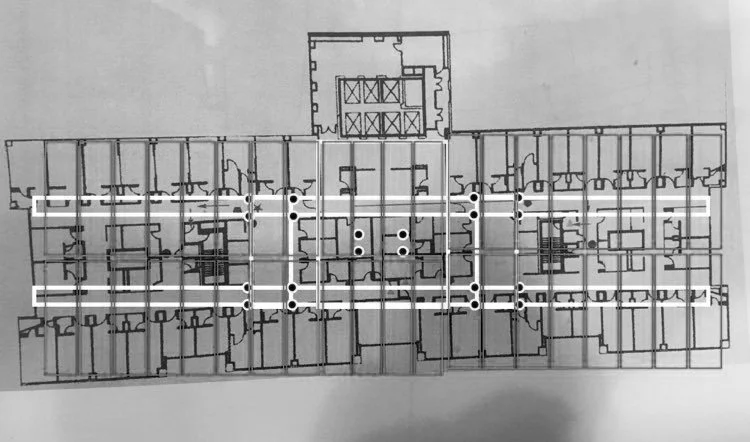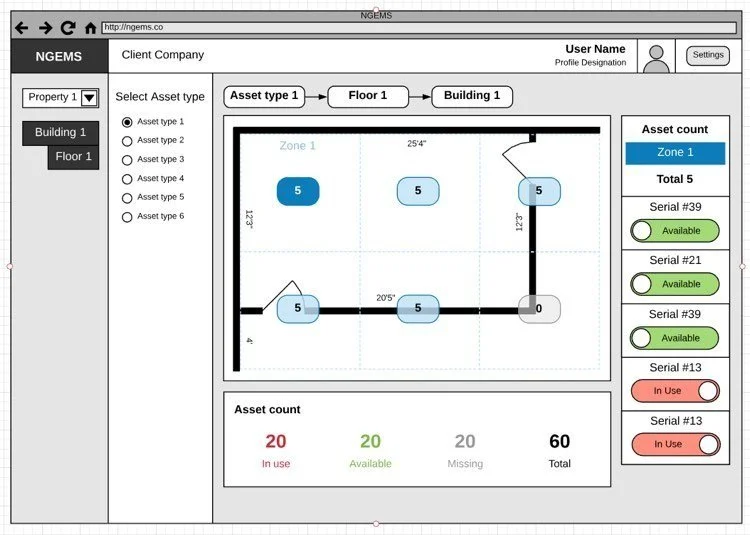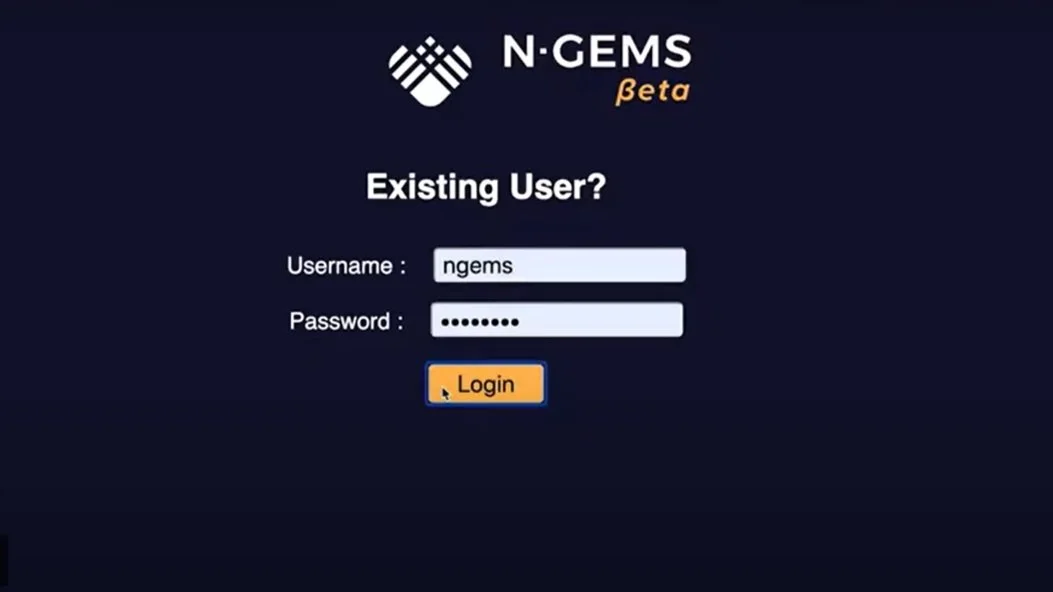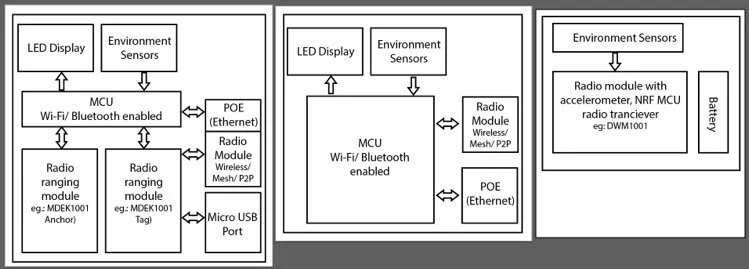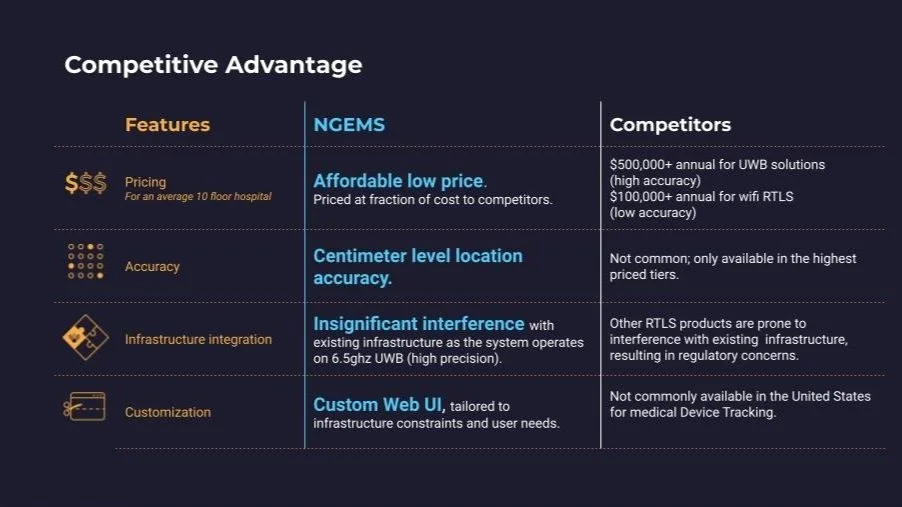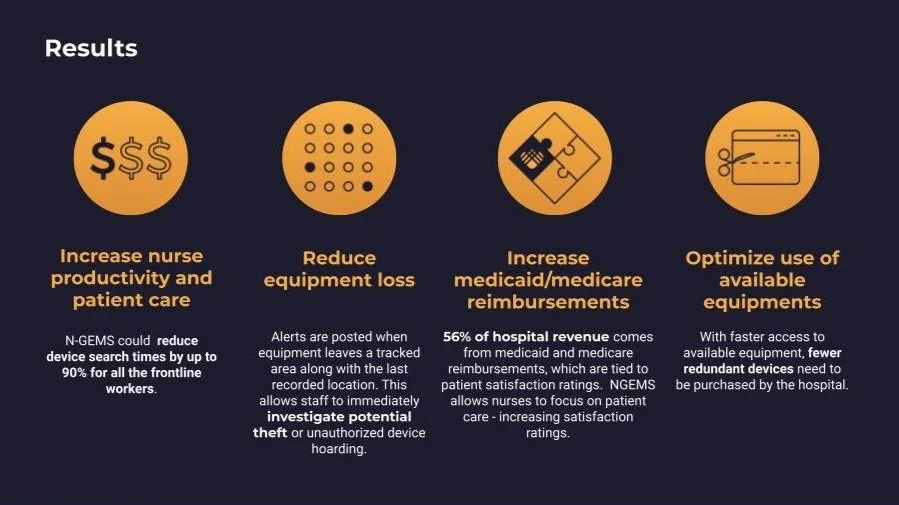N-GEMS healthcare asset tracking
Medical Equipment Location tracking for hospitals (2019-2020)
Hardware Enabled Software as a Service (HESaaS) Cloud Based Progressive Web Application
track faster with ease because every second counts
The COVID-19 pandemic had caused an acute shortage of ventilators. In 2020, Approximately ~960,000 ventilators were required over the course of the pandemic but only 170,000 were available. The situation was so dire that hospitals could not even find ventilators available for purchase to meet the demand created by the Covid-19 pandemic. Moreover, each ventilator costed $25,000-$50,000.
In order to combat challenges faced by hospitals, I was part of the ambitions project at N-GEMS to develop a cloud-based solution to track ventilators and other life-critical equipment across networks of hospitals which are in dire short supply. Thus allowing hospital administrators to quickly know the real-time availability and location of medical devices - including at nearby locations. Along with the situational awareness the N-GEMS system aimed to bring state and local governments the ability to effectively maximize and optimize state-wide usage of critical medical equipment.
Role
I Spearheaded User Experience Design activities to deliver healthcare asset tracking system. I was involved in the project from its inception, research, ideation, design, and development. I stopped working on the project after successful 3 month pilot securing one Hospital Client with a potential to scale across its chain of 16 hospital network.
Led team of Hardware and Software Engineers, Designers, CMO and investors through Agile Software Development process.
Collaborated and partnered with remote cross-functional teams located in different timezone transforming conceptual prototype to commercial solution: Software Engineering (India), Hardware Engineering (Rochester, US) and manufacturing (China)
Conducted UX research, interviews with subject matter experts, users, and stakeholders for the new product and throughout its iterative process of discovery, ideation, prototyping, and testing. Defined features, functionalities, and guidelines; Designed information architecture, task flows, mockups, low-mid-high fidelity wireframes and prototypes.
Led pilots to simulate user experiences in a customer environment, conducted workshops and User Tests.
Developed business requirement specification and product documentation, led (delegated-monitored-reported) weekly sprints to meet delivery deadlines.
Managed business relationships with clients, vendors, and strategic partners. Designed and pitched presentations for new product, walk-throughs, and raised $50,000 in funding.
Deployed growth-hacking strategies that included developing the website, product videos, marketing, and deploying a $2.5 million sales pipeline.
SDLC Process
Double Diamond design process integrated with customized agile software development
Tools
Research, Collaboration and Project Management: Slack, Instagantt, Asana, Google Workspace, Google Forms, Notepad, Lucid Chart, Zoom
Visual Prototyping: Adobe Creative Suite (Illustrator/ Photoshop), Figma, Zeplin, Lucid Chart, Mind Mapper
Prototype Development: Bootstrap Framework, JavaScript, Python, HTML5, CSS3, IDE, Arduino, Raspberrypi, Firebase, Node JS
Software and Hardware Engineering: React JS Framework, Amazon AWS, AutoCAD
Product Roadmap
Plan of action outlines direction and progress of a product over time
Product Roadmap created using Instagantt and Asana.
HOSPITAL ASSET MANAGEMENT INEFFICIENCIES
The problem
$3 billion/year hospital asset loss
Medical devices cost several thousand dollars a piece and often become misplaced and even stolen.
$4,000 per bed equipment loss is reported every year.
$400,000/hospital per year unnecessary equipment rentals
Hospitals rent excess equipment to make-up for inefficient asset management.
$860,000/hospital per year search time loss
Nurses attest to wasting at least one hour per shift searching for misplaced and unaccounted for devices, impacting budgets and compromising quality of patient care.
Covid-19 acute shortage of ventilators
In 2020, Approximately ~960,000 ventilators were required over the course of the pandemic but only 170,000 were available.
UX Research
Early insights from the field
Our Advisor (CTM, Hackensack Hospital) helped connect us with Nurses, Doctors, Facility Managers and Chief executives at the hospitals and provided us simulation environment to conduct user tests and demonstrate early prototypes and developed solution.
We conducted 50+ Zoom Interviews, 25+ in-person interviews and 10+ Focus Groups/ Workshops with various stakeholders to better understand the problem, validate and refine early prototypes to improve the asset tracking platform and tailor solution to the immediate problem.
List of questions were prepared before the interview that helped direct the conversation. Online survey forms were shared with the groups to gather multiple data points. Follow up emails allowed us to maintain relationships and setup appointments with SME throughout the iterative process of product development.
The Questionnaire
The questions revolved around 5W 1H (how, why, what, who, where and when) to identify crux of the problem, discover operational gaps within the systems, workflow, processes and gain deeper understanding of the use case.
The question listed in the screenshot were used more like a template guide for structuring a productive interview and actual question were framed gauging the flow of the actual interview conversation.
As Is Process Flow
bottlenecks, gaps, and weaknesses
Bottleneck
Time wasted by nurses and doctors searching misplaced equipment and available resources for patient care, increasing patient wait times and compromising quality of patient care.
Weakness
Inefficient management and tracking of Inventory and resources.
Gaps
Lack of robust processes or tools for comprehensive hospital asset management.
need
Faster access to allocate life critical medical resources to intensive care patients.
Reduce search time of frontline workers finding misplaced lost equipment.
Optimize use of available equipment within Hospital and state-nation-wide to increase patient care.
Goal
Develop a plug and play solution with minimum or no disruption in hospital operations and is economically scalable to support regional, state-wide, or national deployment.
objective
1. Develop a real-time tracking system to monitor the location of critical healthcare equipment to support health care providers to streamline their use and mitigate shortages to improve response to the COVID-19 pandemic.
2. Mitigate sporadic shortages of healthcare equipment – ventilators in particulaby carefully tracking their use and optimally allocating them across healthcare facilities and within the facility at an accuracy to correctly identify the room where the device is stored to match the need.
3. Expand on the N-GEMS platform to improve its location tracking capabilities in an infrastructure-independent manner.
ideation
Brainstorm solution, Storyboard, User Journey, Mind Map, User Flow
wireframes
low-mid-high fidelity
paper sketches
low fidelity Wireframes
mid fidelity wireframes
high fidelity wireframes
prototype
Software Architecture
N-GEMS API providing equipment data
Hardware Architecture








